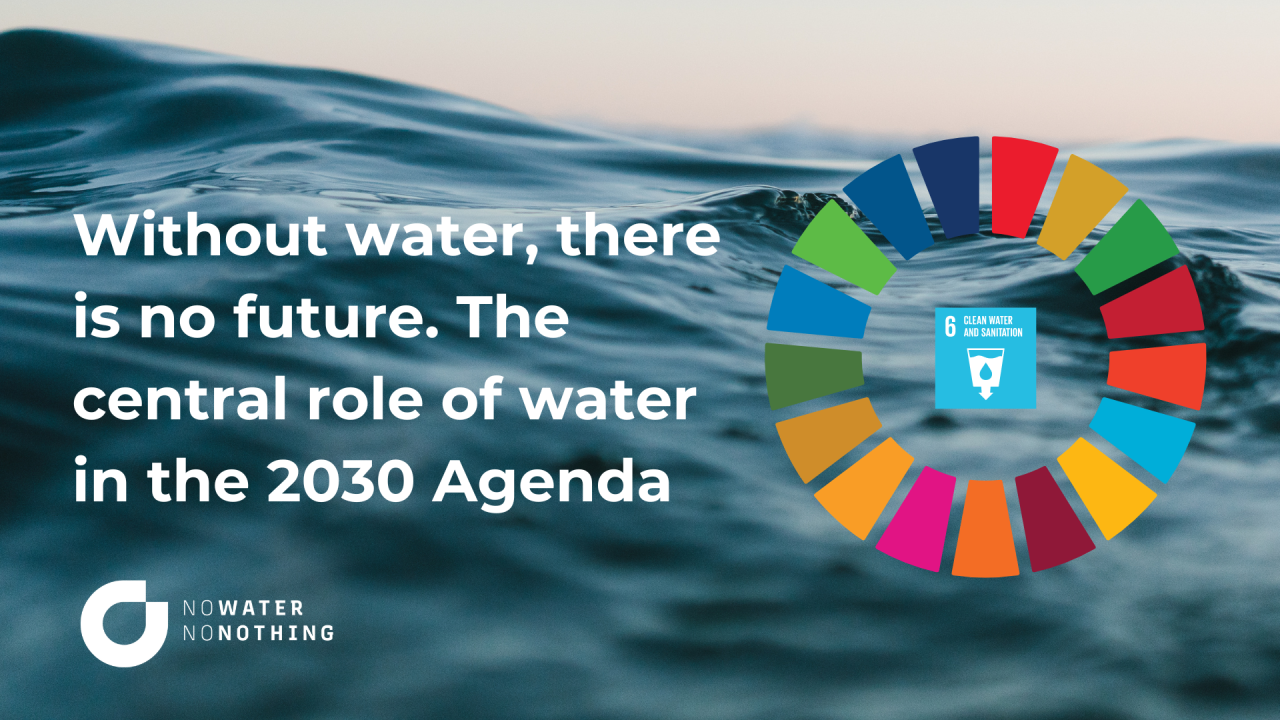Blog Vision 2030: Role of Water
Vision 2030: Role of Water
Everyone around is talking about Vision 2030. And it is not just a buzz word but a necessity to work up on to have a peaceful and equal world in all terms.
The Sustainable Development Goals
In 2015, the United Nations adopted Sustainable Development Goals also known as Global Goals. It was to protect planet to ensure people enjoy peace and prosperity by 2030. UN has stipulated 17 goals in various area and the outcomes will affect the other. The development must balance social, economic and environmental sustainability. Countries have committed prioritize progress for those who are behind. The SDGs are designed to overcome poverty, AIDS, hunger, discrimination against women and girls. It is necessary to tap the creativity, knowhow, technology, and financial resource from all strata of society to achieve the SDGs
Inception of Vision 2030
The time frame provided to achieve the SDGs is 2030. Vision 2030 is a strategic framework to foster long term national development for various nations. It is a response for global challenges such as climate change, poverty, and unsustainable urbanization. Many countries have developed their own plans for Vision 2030 plans. Some of the examples are Saudi Arabia’s Vision 2030 for economic diversification or Kenya’s Vision 2030 for transforming into a middle-income economy. However, the core idea remains around creating sustainable, inclusive, and resilient societies by the year 2030.
Why Vision 2030 Matters
Vision 2030 is more than a roadmap. It is a call to action. It indicated a collective commitment by governments, businesses, civil societies, and individuals to
- Promote economic growth without compromising the environment
- Reduce inequalities and enhance quality of life
- Strengthen infrastructure and improve accessibility to essential services
- Foster innovation and resilience in governance and technology
This roadmap has pushed nations to think long-term and act in equilibrium with both local priorities and global objectives. The demand for integrated and future oriented plant is due to the interconnected nature of challenges like water scarcity, food insecurity, and climate change.
Implementation of Vision 2030
Implementing Vision 2030 requires a multifaceted approach which involves below points
-
Policy Reform
-
Public-Private Partnerships
-
Community Engagement
-
Technological Innovation
-
International Cooperation
Vision 2030 and the Water Industry: Relevant SDGs
Vision 2030 covers various aspects but one of the most important aspects is water which is not only basic human right but also a base for health, food security, economic production, and environmental sustainability. The key SDGs affiliated for water are SDG 6 (Clean Water and Sanitation), SDG 11 (Sustainable Cities and Communities), SDG 13 (Climate Action), SDG 14 (Life Below Water) and SDG 15 (Life on Land)
Conclusion
Vision 2030 is not just an aspiration it’s an actionable, global initiative to transform how we live, work, and thrive. For the water industry, it offers a powerful framework to prioritize sustainability, equity, and innovation in delivering one of the planet’s most precious resources. By aligning policies, technologies, and behaviours with the SDGs, stakeholders in the water sector can make tangible contributions to a cleaner, healthier, and more equitable world—drop by drop, goal by goal.

